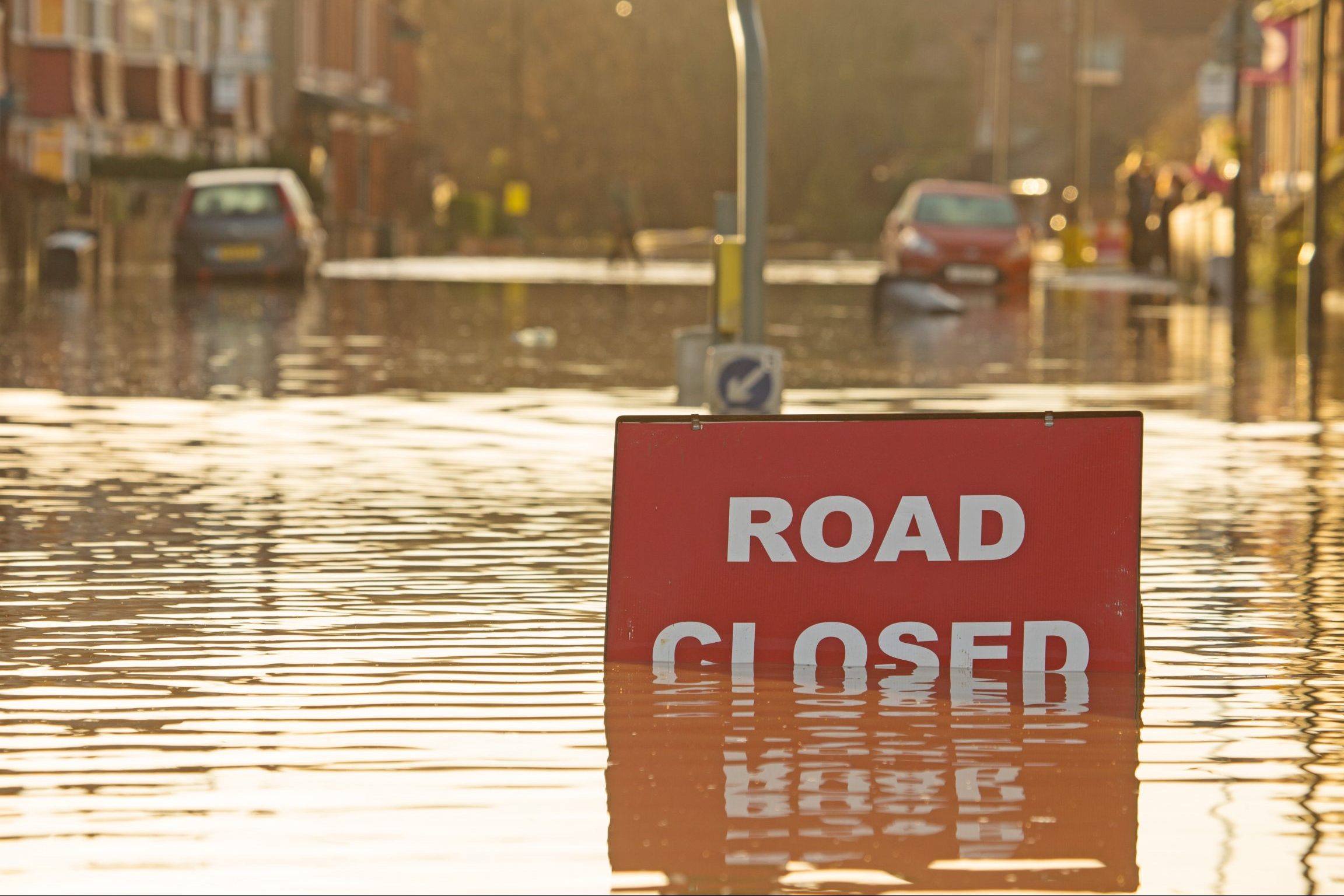
When natural disasters occur, connectivity vital to co-ordinating relief efforts is often knocked out, so emergency connectivity needs to be set up as quickly as possible.
When floods and other natural disasters strike, the UK’s Environment Agency needs to co-ordinate a response. So connectivity is crucial.
This is where having a partner like Vodafone comes in handy.
Vodafone UK became the connectivity provider for the Environment Agency and the rest of the Department for Environment, Food and Rural Affairs (Defra) in March 2018, providing smart-hubs that offer emergency Wi-Fi in remote locations; audio and video conferencing; call centres; and about 29,000 mobiles.
“Our technical and support services underpin everything they do,” says Jason Tierney, Vodafone’s Sector Lead for Defra. “We are their tech comms provider.”
Environmental disasters are often unhelpfully distant from broadband and mobile masts, so setting up connectivity fast is crucial in such emergency situations.
But in the UK, flooding often occurs in hilly regions where mobile signal sometimes isn’t very good. Devon and Cumbria saw especially catastrophic flooding in 2009 and 2015, for example. More recently, Prime Minister Boris Johnson called a crisis Cobra meeting to co-ordinate the response to flooding from Storm Christoph in the Greater Manchester area.
Flooding can often “cause damage to electricity sub-stations and telephone exchanges,” explains Dr Avi Baruch, co-founder of Previsico, a flood forecasting company that spun out from Loughborough University in 2019.
This can make it harder for emergency workers to stay connected even where 4G is normally available, says Dr Baruch.
Mast off
Vodafone helps by setting up temporary networks in flood and other disaster areas by transporting emergency masts to the site, explains Vodafone’s James Grayling, a Senior Networks Manager.

Credits: Shutterstock
These masts are “similar to temporary masts Vodafone installs to provide signal for outdoor events like Glastonbury and the Bournemouth Air Festival”, he says.
“The team will rig it, connect it, make sure it’s stable and that it covers the key disaster area.”
A microwave radio link then connects the temporary mast to Vodafone’s network. They don’t need to be connected to mains power, as they can be powered by a standalone generator.
“If you’re a Vodafone customer this will provide you with a seamless service,” says James.
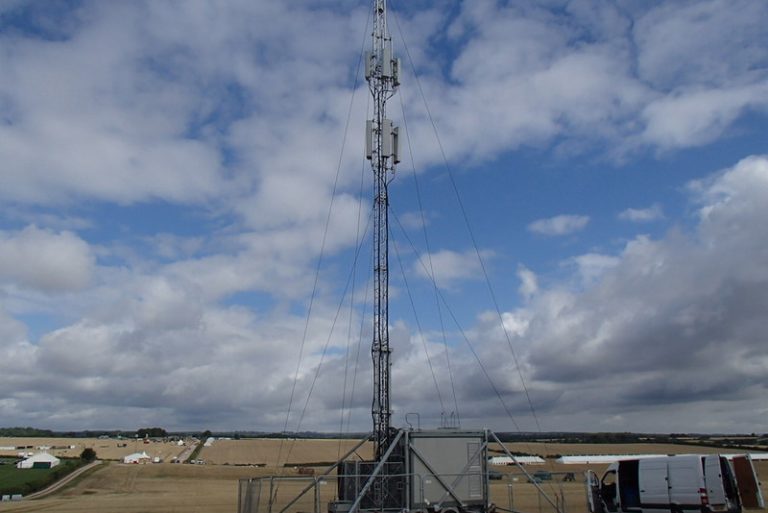
If there’s poor coverage in the area and a weak signal, engineers can also set up a repeater in the disaster area to amplify the signal from a nearby tower. This speeds things up by removing the need for the microwave radio link.
“Our emergency response teams can provide emergency connectivity within a matter of days,” says James.
These network enhancements give first responders connectivity and increased bandwidth in order to upload data hungry files, such as photos and videos of the disaster area, in real time.
Challenges
Disaster zones are by their nature difficult to access – floods may have blocked off crucial access roads, for example.
The team also needs to gain permission of the landowner before they erect the mast in a suitable location with a clear line of sight to the responders.
And gaining the help of local authorities and communities can be tricky when they’re occupied with saving people’s lives or co-ordinating an evacuation.
Flood warnings
Providing connectivity during emergencies is one thing, trying to predict when those emergencies are likely to happen is another. But early warnings can save lives.
Climate change has increased the risk of floods in England and Wales by up to 90%, says the Met Office, so Vodafone has worked with the Environment Agency to expand a free flood warning service for people living in areas at increased risk of flooding.
In December 2019, 310,000 Vodafone customers were added to the service, and it now reaches 1.4 million households, the Agency says. Defra’s Pathfinder project warns motorists to avoid roads that may soon flood. And the UK Government is exploring ways such wide area push messaging for emergencies can be extended to all mobiles in future.
In the East Midlands, where there is frequent flooding along the River Trent and its subsidiaries, a network of solar-powered smart cameras, managed by the Environment Agency, monitors troublespots and relays images to a central portal using Vodafone’s Managed Internet of Things (IoT) Connectivity Platform.
All these monitoring systems are crucial given that an hour’s warning can reduce flash flood fatalities from 15% to 2%, the Agency says.
Smart Hubs, connected agents
Of course, Environment Agency staff need connectivity out in the field even when there aren’t natural disasters to deal with. And Vodafone’s Smart Hub can give them a boost, explains Steve Di Laudo, Vodafone’s Client Director for Defra.
This is a battery-powered box the size of a small laptop, containing a SIM card and a powerful antenna.
“The antenna is so much more powerful than a mobile phone,” Steve explains, “so if there’s any semblance of signal anywhere in the vicinity it can get to it.”
This is “a game changer” for staff working in remote areas, he says, because “they’re not having to go back to the office to access files, or use lots of hard copy.
“They can get a secure, powerful, Wi-Fi signal on the move.”
Talking to trees
Connectivity is increasingly important for the other organisations in the Defra family.
For example, Vodafone is helping Forest Research measure tree growth and other key indicators of tree health, such as soil moisture and tree sway – a collaborative effort to understand more about how trees behave in different environmental conditions.
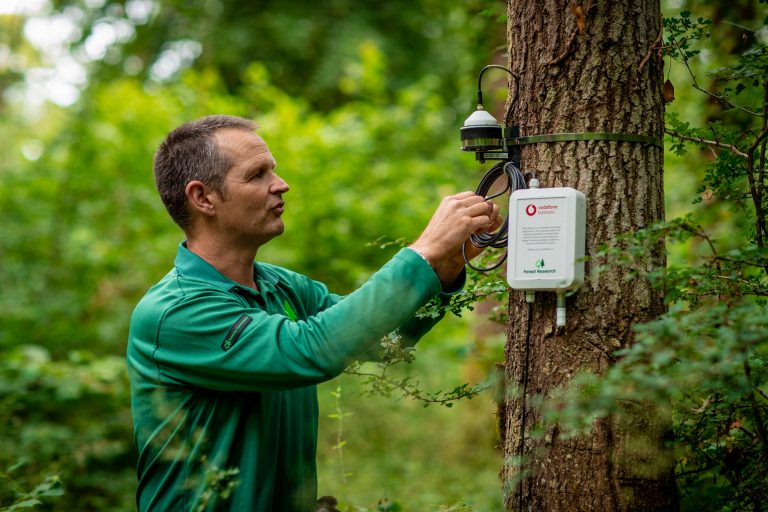
Credits: Tom Dymond
The hope is that this study will assist in the conservation of these highly valuable natural assets and support their ability to capture CO2 – vitally important in the fight against climate change.
Sensors record and transmit data from remote locations over Vodafone’s Narrowband IoT network. For the first time, researchers can see “individual tree-level data”, Steve says.
“Previously, they’d been able to look at soil moisture for an area of the forest, but to measure remotely at that individual tree level is ground-breaking for them.”
The Environment Agency and the Defra family’s remit extends to “the food we eat, the air we breathe, the land we walk on, the liquid we drink”, concludes Steve. And connectivity plays a crucial role in all these activities.
So as the intrepid Agency staff go about their business dealing with floods, storms and other natural disasters, Vodafone will be with them every step of the way.
Follow @VodafoneUKNews on Twitter.

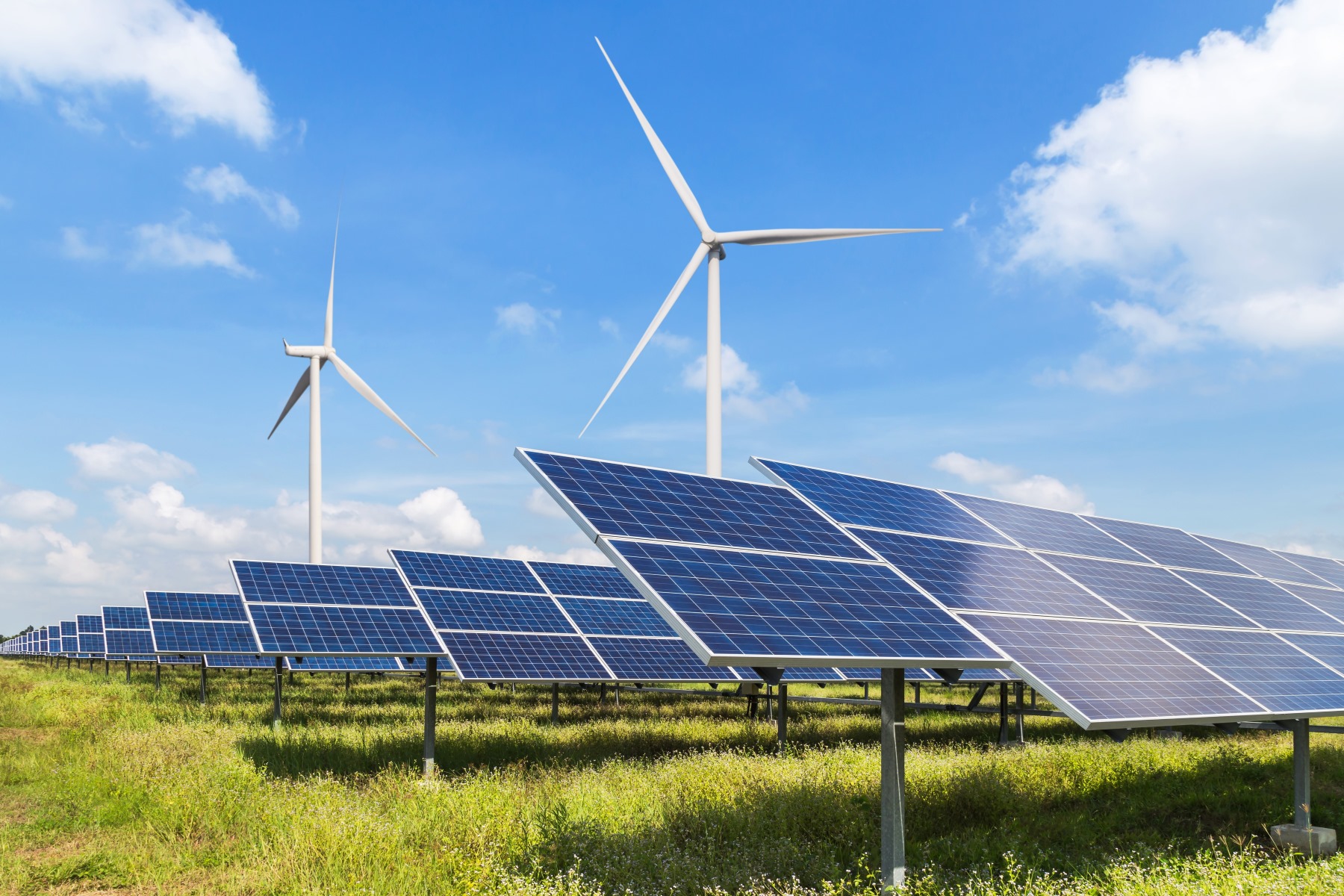


![Nicki-Lead_image[OPTIMISED]](https://www.vodafone.co.uk/newscentre/app/uploads/2023/10/Nicki-Lead_imageOPTIMISED.jpg)

![White smartphone with screen from green leaves[Adobe Stock]](https://www.vodafone.co.uk/newscentre/app/uploads/2024/04/White-smartphone-with-screen-from-green-leavesAdobe-Stock.jpg)
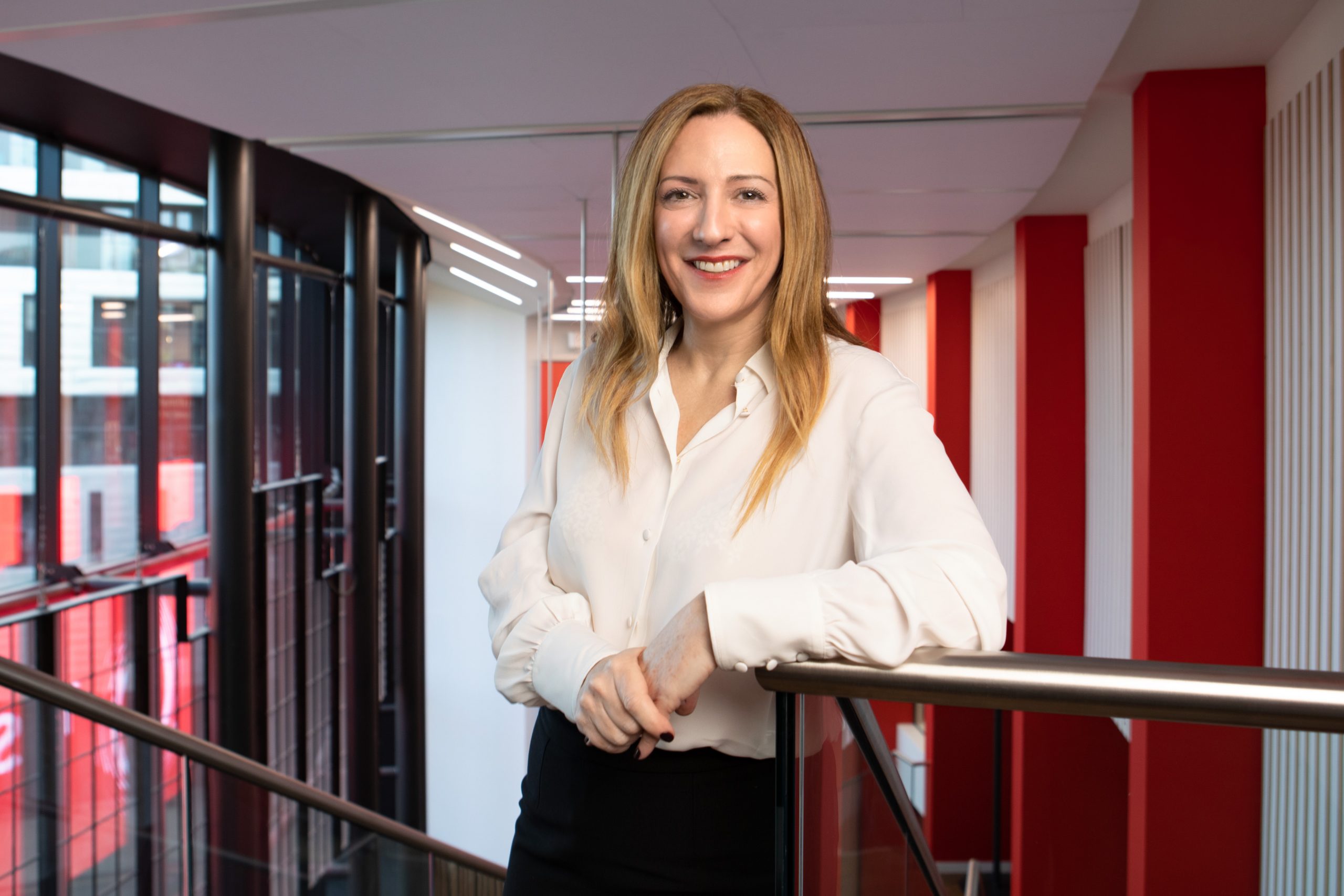
![Falling Dripping Water Drop[Adobe Stock] Falling Dripping Water Drop[Adobe Stock]](https://www.vodafone.co.uk/newscentre/app/uploads/2024/04/Falling-Dripping-Water-DropAdobe-Stock.jpg)
![1-happy woman with cleaning agent and phone[Adobe Stock] stock image of a woman using a smartphone while wearing rubber kitchen gloves and holding a spray bottle](https://www.vodafone.co.uk/newscentre/app/uploads/2024/04/1-happy-woman-with-cleaning-agent-and-phoneAdobe-Stock.jpg)